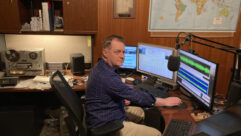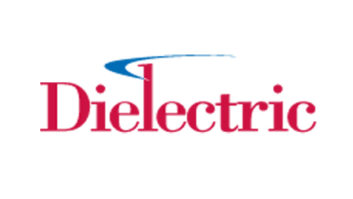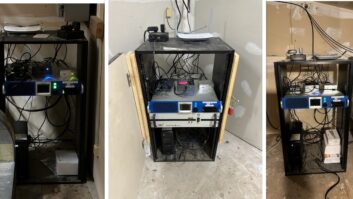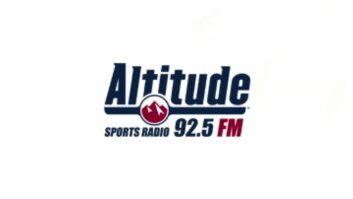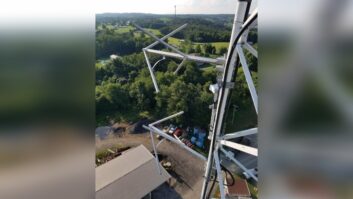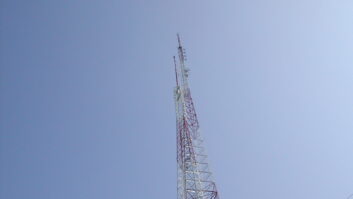SSR Communications CEO Matthew Wesolowski wants the FCC to create a new class of FM radio stations.
Wesolowski and the Minority Media and Telecommunications Council petitioned the commission more than a year ago to create a C4 allocation; they believe the new allocation would allow many Class As to upgrade to a maximum effective radiated power of 12 kW from a reference antenna height of 100 meters above average terrain.
SSR owns WYAB(FM), a 5 kW Class A in Flora, Miss.
“The 12 kW Class C4 allocation would fill in the gap of the currently incompatible maximum effective radiated power relationship between FM Class A and FM Class C3,” according to the engineer and station owner. “Every adjacent FM ‘C Class’ allocation’s power level is 3.0 dB from the next (C3 to C2, C2 to C1, et cetera), while Class C3’s 25 kW is slightly more than 6 dB higher than Class A’s 6 kW. A 12 kW authorization would be about 3.0 dB between either A or C3.”
Wesolowski also asks that the commission, via a “triggering” application mechanism, direct “overprotected” stations that have been “underbuilt” for at least 10 years to construct full facilities or take a Section 73.215 designation. His stated goal is to help small Class As that are required to reduce power, directionalize or abandon upgrade plans in order to overprotect bigger stations and their “future potential” to upgrade.
Nearly 800 Class A FMs could benefit from the change, he notes, which the commission could implement without impacting the service contours of existing stations.
We noted there was disagreement within the broadcast community over this idea when first proposed. Some large groups opposed the idea, including Womble Carlyle attorney John Garziglia, who told Radio World then that “While another new intermediate FM class might have been a good idea a decade ago prior to the FCC allowing FM translators to carry AM stations and HD2 signals, such a change now in the FM rules has the potential to displace many FM translators currently carrying AM stations and HD2 signals.”
He said then the only way the SSR proposal wouldn’t harm current stations is if it is coupled with primary status for all translators carrying AM signals or HD2 signals. If primary status is given to FM translators, then the Local Community Radio Act of 2010 may also likely require a similar primary status for LPFM stations, according to the communications attorney.
But even with primary status, he feels, the proposal would make it more difficult for additional AMs to get new FM translators (assuming a further translator window is opened), and likewise for new LPFMs to be obtained.
We’ve reported on many of the ideas put forth at the commission as part of the agency’s AM revitalization initiative. One of the ideas everyone seem to agree on is the need for a special filing window for AM owners who want an FM translator. Support for such a window was reinforced at the recent NAB Show.
However, Georgia-Carolina Radiocasting President/CEO Art Sutton believes there could be a middle ground and told RW a year ago: “From a spectrum standpoint, it does appear there is a gaping hole between a 6,000 watt FM station at 100 meters, which is a Class A, and a C3 which is 25,000 watts at 100 meters. It would seem that if some Class As could increase to 12,000 or 12,500 watts it would provide a greater degree of opportunity for full-power Class A FM stations, of which the greatest majority of Class A FM stations are located in rural areas. LPFM and translator frequencies are not as limited in rural areas as they would be in larger populated areas.”
Sutton encouraged the commission to take comments on the proposal. Georgia-Carolina owns a dozen small-market stations in Georgia, South Carolina and North Carolina and the broadcaster has FM translators being used by AM stations and believed at least one of his stations’ on the SSR list would qualify for the so-called C4 status.
Some 15 comments have been received on the petition. Wesolowski is hoping more companies or individuals will file, and has begun a petition drive.




